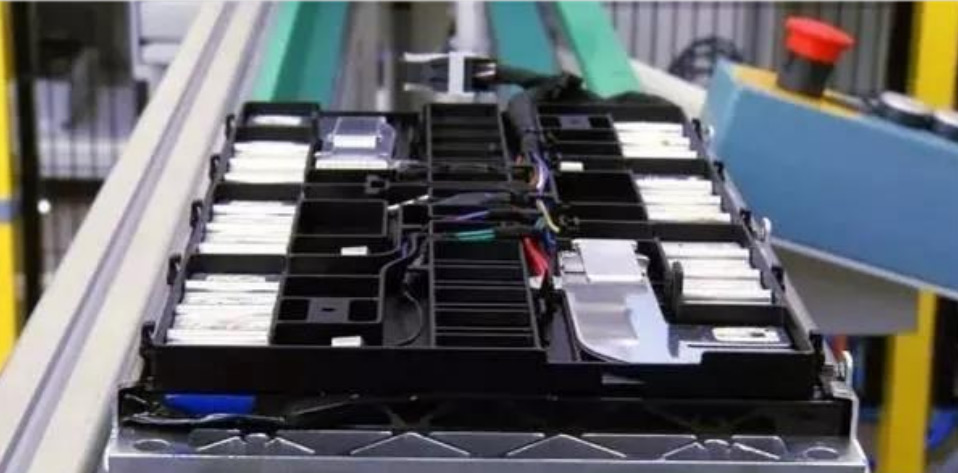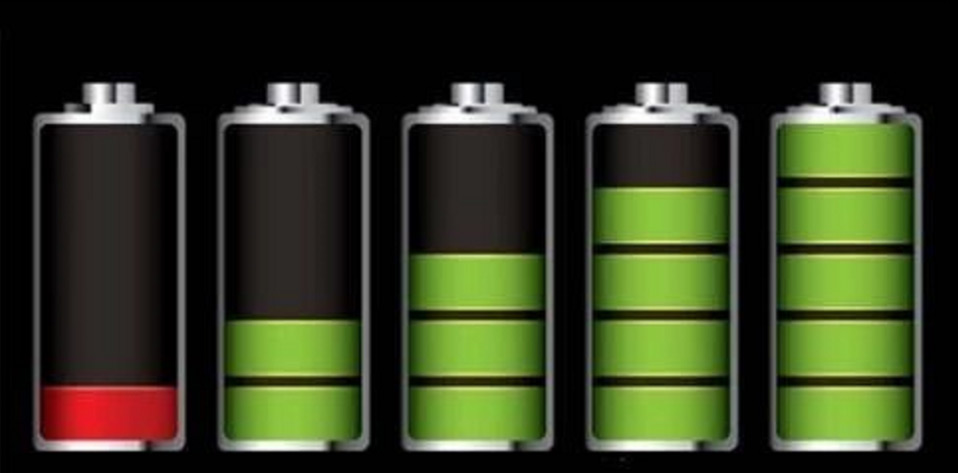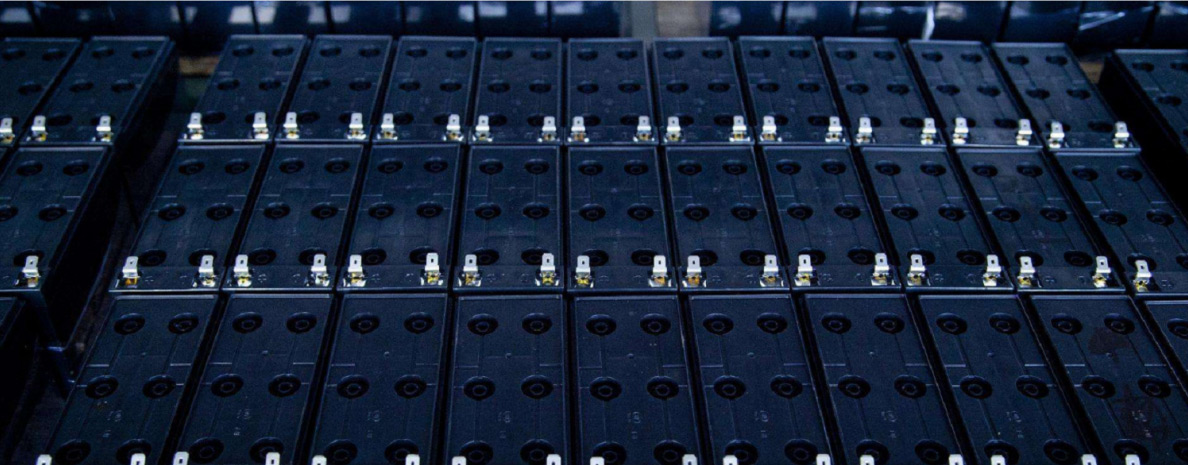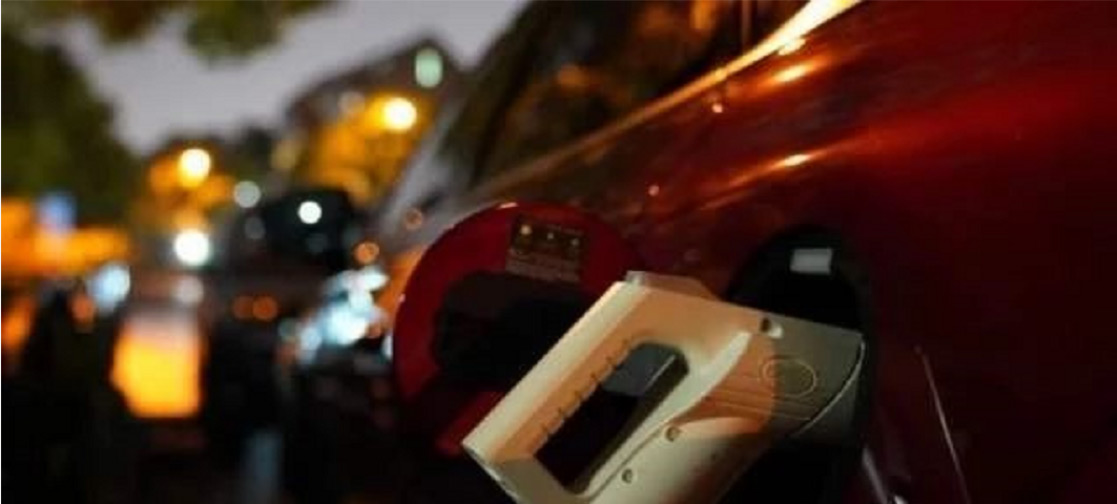Lithium-ion batteries have the advantages of large capacity, high specific energy, good cycle life, no memory effect, etc., and they are developing rapidly. Capacity, as its most critical performance index, has also attracted researchers' attention. The corresponding lithium battery PACK is continuously developing in the direction of large capacity, fast charging, long life and high safety, and new requirements are also put forward for the process technology in its manufacturing process.

Lithium-ion battery PACK is mainly a product whose electric core is screened, assembled, and assembled to determine whether the capacity and pressure difference are qualified.
The consistency between the battery series and parallel cells needs special consideration in the battery PACK. Only with good pressure difference, capacity, state of charge, internal resistance, self-discharge consistency, etc., can the battery pack capacity be exerted and released If the consistency is poor, it will seriously affect the overall performance of the battery pack, and even cause overcharge or over discharge, which may cause safety hazards. A good matching scheme is an effective way to improve monomer consistency.
Lithium-ion batteries are affected by the environmental temperature, too high or too low temperature will affect the battery capacity. The cycle life of the battery is reduced if it works under high temperature conditions for a long time. If the temperature is too low, the capacity is difficult to play.
The discharge rate reflects the high current charge and discharge capacity of the battery. If the rate is too small, the charge and discharge speed will be slow, which will affect the test efficiency; if the rate is too large, the capacity will be reduced due to the polarization and thermal effects of the battery, so you need to choose a suitable one Charge and discharge rate.
1.Matching consistency
A good combination can not only improve the utilization rate of the cells, but also control the consistency of the monomers, which is the basis for achieving good discharge capacity and cycle stability of the battery pack. However, the dispersion of the AC impedance of the battery with a poorly matched battery cell capacity will increase, and then the cycle performance and available capacity of the battery pack will be weakened.

2.charging method
The proper charging method has an important influence on the battery discharge capacity. If the charging depth is shallow, the discharge capacity will be reduced accordingly. If overcharged, it will affect the chemical active substances of the battery and cause irreversible damage, reducing the capacity and life of the battery. Therefore, it is necessary to select an appropriate charging rate, cut-off voltage and constant voltage cut-off current to ensure that the charging capacity is achieved while optimizing charging efficiency and safety and stability.

3. Discharge rate
The discharge rate is a vital indicator for power-type power batteries. The high-rate discharge of the battery is a test for the positive and negative materials and electrolyte. For the cathode material lithium iron phosphate, its structure is stable, the strain during charge and discharge is small, and it has the basic conditions for large current discharge, but the disadvantage is that the conductivity of lithium iron phosphate is poor. The diffusion rate of lithium ions in the electrolyte is the main factor affecting the battery discharge rate, and the diffusion of ions inside the battery is closely related to the structure of the battery and the concentration of the electrolyte.

4. Temperature conditions
Temperature mainly affects the activity and electrolyte performance of the pole piece material inside the battery. Too high and low temperature have a greater impact on battery capacity.
At low temperatures, the battery’s activity is significantly reduced, the ability to insert and extract lithium decreases, the internal resistance and polarization voltage of the battery increase, the actual available capacity decreases, the battery discharge capacity decreases, the discharge platform is low, and the battery is more likely to reach the discharge cut-off voltage. The available capacity of the battery decreases and the efficiency of battery energy utilization decreases.
When the temperature rises, the extraction and insertion of lithium ions between the positive and negative electrodes become active, so that the internal resistance of the battery decreases, and the internal resistance stabilization time becomes longer, which makes the amount of electron migration in the external circuit increase, and the capacity is more effective. Play. However, if the battery is operated in a high temperature environment for a long time, the stability of the positive electrode lattice structure will deteriorate, the safety of the battery will be reduced, and the battery life will be significantly shortened.Therefore, both high temperature and low temperature will affect the performance and service life of the lithium iron phosphate battery. In the actual working process, methods such as increasing battery thermal management should be used to ensure that the battery works under suitable temperature conditions. A 25℃ constant temperature testing room can be established in the battery pack PACK test link.